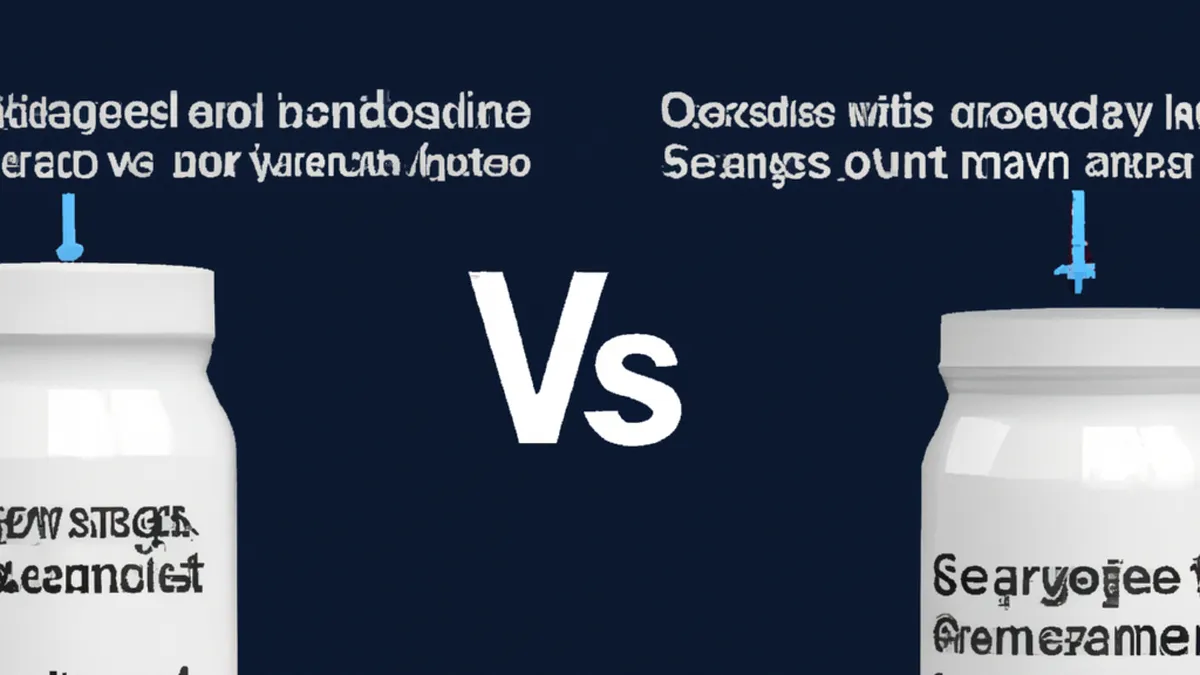Examine How Workouts Affect Creatine Efficiency
The Impact of Exercise Type on Creatine Effectiveness
Creatine enhances performance, increases strength, and aids recovery. However, its effectiveness varies by exercise type. Understanding this relationship helps maximize results. This blog explores how exercise types impact creatine effectiveness and optimizes its use for your fitness goals.
Understanding Creatine
Creatine occurs naturally in muscle cells. It plays a vital role in producing adenosine triphosphate (ATP), the energy currency for cellular functions. Supplementing with creatine increases muscle phosphocreatine stores. This allows rapid ATP regeneration during high-intensity activities. Athletes often experience improved performance in short bursts of energy, like sprinting or weightlifting.
Types of Exercise
Exercise types significantly influence how creatine works. Generally, exercise falls into three main categories: strength training, aerobic exercise, and high-intensity interval training (HIIT). Each type engages muscles differently, affecting creatine effectiveness uniquely.
1. Strength Training
Strength training involves lifting weights or using resistance. This exercise type benefits greatly from creatine supplementation. Studies show creatine enhances muscle mass and strength gains. When lifting heavy weights, muscles require quick energy. Creatine replenishes ATP levels rapidly.
Strength training often leads to muscle fatigue as energy stores deplete. Creatine buffers this fatigue, allowing you to complete tougher workouts and more repetitions. Research indicates creatine supplementation promotes muscle hypertrophy over time, especially with structured resistance training. To maximize benefits, take creatine before and after workouts to optimize muscle saturation.
2. Aerobic Exercise
Aerobic exercise includes steady-state activities like running, cycling, and swimming. It focuses on endurance rather than short bursts of power. Creatine can provide some benefits for aerobic athletes, but its effectiveness diminishes compared to strength training. Aerobic activities rely on aerobic metabolism, which does not primarily use phosphocreatine stores.
Still, creatine supplementation may aid recovery for endurance athletes. Some studies suggest creatine reduces muscle soreness and enhances recovery times after long workouts. While creatine may not boost performance during aerobic exercise, it facilitates quicker recovery. This allows more frequent training sessions and potentially improves overall endurance over time.
3. High-Intensity Interval Training (HIIT)
HIIT combines short bursts of intense exercise with rest or lower intensity.
Conclusion
Creatine’s effectiveness varies by exercise type. Understanding this helps optimize its use for better fitness outcomes.
Below are related products based on this post:
FAQ
What is creatine and how does it work in the body?
Creatine occurs naturally in muscle cells and plays a vital role in producing adenosine triphosphate (ATP), which is the energy currency for cellular functions. Supplementing with creatine increases muscle phosphocreatine stores, allowing for rapid ATP regeneration during high-intensity activities, thus enhancing performance and aiding recovery.
How does creatine supplementation benefit strength training?
Creatine supplementation greatly benefits strength training by enhancing muscle mass and strength gains. It provides quick energy replenishment during heavy lifts, buffers fatigue, and allows for tougher workouts and more repetitions. Studies indicate that it promotes muscle hypertrophy, especially when combined with structured resistance training.
Is creatine effective for aerobic exercise?
While creatine can offer some benefits for aerobic exercise, its effectiveness is less pronounced compared to strength training. Aerobic activities primarily rely on aerobic metabolism, which does not utilize phosphocreatine stores as much. However, creatine may aid recovery for endurance athletes by reducing muscle soreness and enhancing recovery times after long workouts.















Post Comment